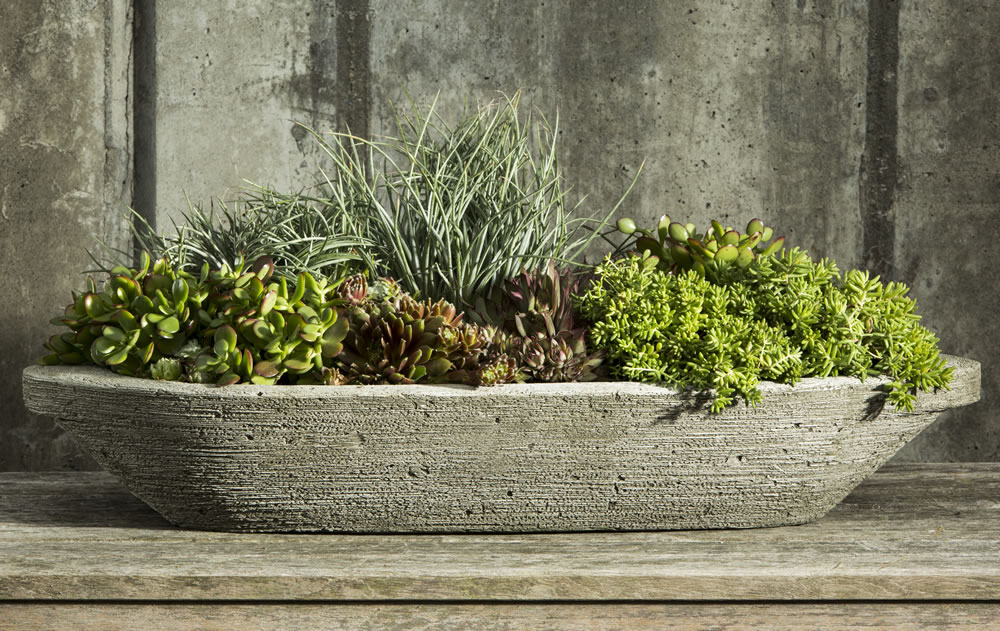Nothing is more relaxing than working in a garden. Maybe it’s the relative peace and quiet, maybe it’s the close proximity to nature and plants, maybe it’s a combination of both — whatever it is, it’s definitely a healthier way to destress than a lot of alternatives out there. That is, if you’re actually able to indulge. If you live in an apartment building, or have a home but live in an arid or drought-stricken region and are justifiably loathe to waste water on a garden full of flowers, it doesn’t seem like you have many options.
That’s where succulents come in. These low-maintenance plants have evolved fleshy leaves that are perfect for storing water, which is why you only need to water them once a week during the summer, and less than that during the colder months. They’re also very hardy, which means they can be planted in a variety of containers, meaning you can put them on window sills, on your roof, in walls, on your stoop — anywhere where they can get some sun and soil. Succulent container gardens also give you a lot of room for creativity; you can plant them with other succulents, pieces of glass, mirrors — the possibilities are endless, really. Here are a few tips to help you get started on your own garden of succulents.
Pick your succulents.
This is where personal aesthetics can shine. There’s a whole range of hardy succulents to choose from — from sempervivums and aloes to agaves, sedums, and echeverias. Each of them is unique, and the combinations they offer can make for some really interesting gardens. And since most succulents can thrive in the same soil, that means you have many combinations to choose from.
Pick your containers.
You also have a lot of choices when it comes to your containers. Hypertufa planters are made from a combination of peat moss, perlite, and Portland cement, and give a very rustic feel to your garden. You can also make them yourself! There also other options, like terra cotta planters, concrete boxes, wooden troughs — just make sure to adjust your watering based on your planter. Planters that have drainage holes will require more water to ensure that all the soil gets wet, while closed-bottom planters will require less since there will be no run-off.
Pick your soil.
Succulents have evolved to live in hardy conditions; subsequently, they don’t need things like fertilizer. All they need is well-draining soil, since a succulent whose roots are sitting in water will slowly but surely rot. Using a regular soil mixed with perlite or gravel can make for a great DIY potting soil, or you can splurge and buy one of many pre-made soils at your local gardening center.
Pick your location.
Since succulents are so hardy, they’ve become extremely tolerant to harsh conditions. They can thrive in temperatures as low as 40ºF and as high as 100ºF (they are from the desert, remember!). They also thrive in bright sunlight — but be careful, since some succulents will get scorched and die (meaning their leaves will turn white and wither) if they receive too much sun too sun. On the other hand, if a succulent isn’t receiving enough light, its stems will start to stretch and its leaves will start to be spaced widely apart, in a process known as etoliation. A window sill with bright but indirect sunlight might be the perfect place for an indoor succulent container. Don’t worry, though — your succulent will let you know if it’s happy with its location.
Good luck! Let us know how your gardens turn out in the comments below!


















